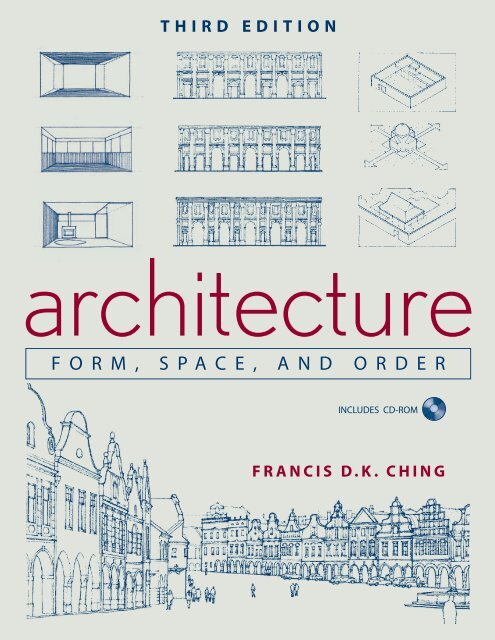Francis Dk Ching Architect Drawing Study Materials Design Reference Design Templates Design Awards Designs To Draw Book Design Typography Design ‘Accidental academic’ wins design award Watch Frank Ching’s hands. Jan 13, 2011 In his distinctive graphic style, world-renowned author and architecture educator Francis D.K. Ching takes us on another exciting journey through the process of creation. Design Drawing: Amazon.it: Ching, Frank: Libri in altre lingue. Passa al contenuto principale.it. Account e liste Accedi Account e liste Resi e ordini.
A view of Istanbul inspired by Ara Güler’s photographs that document the multilayered life of Istanbul from the 1940s to the 1980s, as well as my own memories of visits to that historic city that bridges east and west.
A brief word on process: First, a watercolor splash of Istanbul’s memorable skyline punctuated by her mosques and minarets. Then, a scan imported into Procreate on the iPad. Next, several attempts at foregrounding a hint of the steamers and smaller fishing boars that ply the Bosphorus.
August 2, 2007
Design Drawing Frank Ching Kee


Watch Frank Ching’s hands. Watch as he draws line after line, connecting each one so nothing’s wasted, nothing’s extraneous. The result, in most cases, is a finely detailed pen-and-ink illustration, and the words accompanying it are as carefully chosen as the lines of the drawings.
Design Drawing Frank Ching Lloyd

Design Drawing Frank Ching Lloyd
An emeritus professor of architecture at the UW, Ching recently won a National Design Award from the Cooper-Hewitt National Design Museum. First lady Laura Bush hosted a ceremony for Ching and the 10 other winners July 18 at the White House.
Now in their eighth year, the awards recognize excellence in architecture, communications, fashion design, interior design, landscape design and product design. Recipients will be honored at an Oct. 18 gala at the Cooper-Hewitt Museum, located in New York and part of the Smithsonian Institution.
The winners “represent the very best in design,” said Cooper-Hewitt Director Paul Warwick Thompson. Along with Ching, they include Adobe Systems Inc., the Seattle-based software company, which won a corporate achievement award.
Francis D.K. Ching, 64, grew up in Hawaii on the island of Oahu. He calls himself “an accidental academic.”
In 1972, with an architecture degree from the University of Notre Dame and several years of professional practice, he joined Volunteers in Service to America (VISTA) in Cleveland. A former classmate working at Ohio University needed someone to teach drawing, so he contacted Ching.
As part of preparing lectures in architectural graphics, Ching hand-drew and hand-lettered 400 pages of lecture notes. They came to the attention of Forrest Wilson, chairman of the School of Architecture, who showed them to his publisher, Van Nostrand Reinhard. In 1974, the edited notes were published as Architectural Graphics, now in its fourth edition. Ching has also written nine other books, including Building Construction Illustrated and Architecture: Form, Space & Order, the latter two now in third editions.
“I don’t know of anybody better at organizing material,” said Barry Onouye, a senior lecturer in UW architecture who with Ching and Associate Dean Doug Zuberbuhler is preparing a book on architectural structures.
Students buy Ching’s books for classes, then keep them as reference sources, said Onouye. Translated into a number of languages, the books have become standard texts for practicing architects. The basic information about architecture and construction has been around a long time, said Onouye, but Ching makes it accessible. “That’s his strength.”
All told, Ching’s books include about 8,000 hand drawings, some drawn with fountain pens from his extensive collection.
Clearing a space on his desk recently, Ching prepared to draw. Casually, without a lot of fuss, he laid out a roll of vellum, a high-quality mechanical pencil, a scale, a template for erasures and several plastic triangles. With removable stickers, he secured the paper to a desk pad, then quickly but carefully drew a three-dimensional framework for a building.
“I study the underlying structures, how things fit together. Then I decide which lines best illustrate the idea,” Ching said. And rather than depend on other people to write and arrange text, Ching has done it himself.
Adobe has adapted his neat, easily readable printing into its Tekton font family.
These days, designers endlessly discuss drawing by hand versus computer assisted. The latter is especially useful for contract documents and building information modeling, Ching said. He’s used Adobe Illustrator for Building Codes Illustrated and will again in the structures book he’s preparing with Onouye and Zuberbuhler.
“But hand drawing is useful for thinking, for exploring ideas,” Ching wrote in Sketches from Japan. “Drawing stimulates the mind to think and can make visible aspects that cannot be seen by the naked eye.”
Drawing is the simplest method of capturing sights and ideas in the field. It also encourages paying attention, said Ching, a quiet, unassuming man who says his eyesight isn’t as sharp as it used to be, nor his hand as steady.
Sketching during a visit to Japan some years ago helped him rediscover the joy of drawing. In 1990, while a visiting scholar at the Tokyo Institute of Technology, Ching roamed the streets with a notebook and a Montblanc fountain pen, drawing houses, shops, shrines, public buildings, neighborhood streets and the people who inhabited them. He learned to observe detail more carefully, noting how parts fit the whole. He learned that if he turned the 14-carat nib of his pen upside down, he could draw finer lines, recording more detail.
At the same time, he discovered more about what to leave out. “The shape and extent of the resulting white spaces are as important to a composition as what is delineated,” he’d later write.
Daniel Friedman, dean of the UW College of Architecture and Urban Planning, was Ching’s research assistant for Architecture: Form, Space & Order when he was a graduate student and Ching an assistant professor at the University of Wisconsin, Milwaukee. Speaking of Ching’s work with students, Friedman said, “Frank is a singular studio critic. Few draw faster or truer, fewer still as elegantly or more to the point.”
In the late ’70s, Ching was already a legend, as famous for his equanimity as for his books. “He was patient, precise, and laconic. He’d never draw over your work, always next to it, in the margins,” Friedman explained. “He’d slowly unpack your design with a series of lucid diagrams. Then he’d stand up and move on to the next board and you’d have this amazing record of the whole critique, full of graphic citations and references to architectural composition and precedent.”
“Frank would stay until he saw every student,” Friedman said. “The last always got the same quality and care as the first.”
